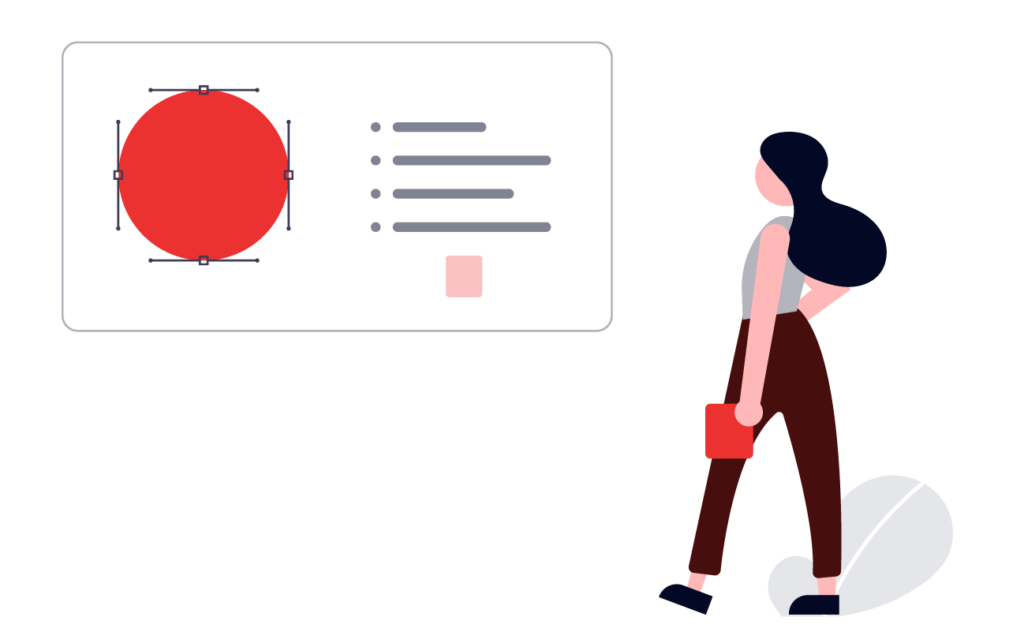Navigating the complexities of product management and innovation requires more than technical skills and business knowledge. It calls for a nuanced understanding of what drives successful innovation. One of our good friends at Product Collective, Bob Moesta, knows a thing or two about innovation. He was one of the early pioneers of the Jobs to be Done theory along with Harvard Business School Professor Clayton Christensen and others. Since then, Bob has continued to develop, advance and apply innovation frameworks to everyday business challenges and, as a result, has worked on and helped launch more than 3,500 new products, services and businesses across nearly every industry.
More recently, Bob was the author of the book, Learning to Build, where he outlined five essential skills for innovators – which are meant to be both practical and foundational. Since writing that book, Bob’s spoken often about what skills are required for entrepreneurs and product people to truly innovate. We had a great fireside chat about the topic earlier this year.
In this essay, I wanted to go a bit deeper in exploring each of these five skills: Empathetic Perspective, Uncovering Demand, Causal Structures, Prototyping to Learn, and Making Tradeoffs. Each skill is critical in its own right, but together, they form a holistic framework for effective product management and innovation. We’ll look at real-life examples both from Moesta’s career as well as others in the “real world.” Most importantly, we’ll translate all of that into actionable insights that should be helpful for product managers and product leaders to refine their approach to innovation.
1. Empathetic Perspective
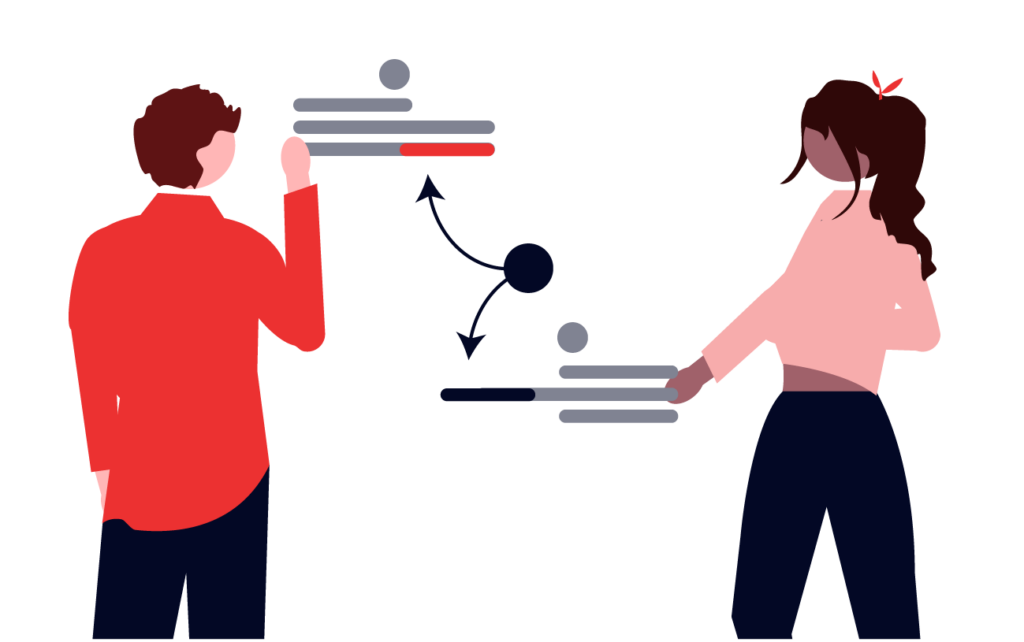
Innovation, at its core, is not just about creating new products or services; it’s fundamentally about understanding and solving real-world problems. This understanding begins with a key skill: Having an Empathetic Perspective. Bob Moesta, through his extensive career in innovation, emphasizes that the ability to see through the eyes of others – customers, team members, stakeholders – is crucial. It’s about comprehending their experiences, challenges, and needs, often before they can articulate them themselves.
But empathy in innovation goes beyond mere sympathy or understanding. It’s an active, immersive process. Moesta, in his journey from developing guidance systems for missiles to crafting more user-friendly consumer products like Kraft’s Pokémon mac and cheese, has always prioritized understanding the user’s context and emotions. This skill is about delving into the user’s world, grasping their pain points, joys, frustrations, and aspirations.
Having an empathetic approach involves keen observation and active listening. It’s not just about what users say, but also about what they don’t say – their non-verbal cues, hesitations, and the choices they make. For instance, while working on healthcare systems, Moesta didn’t just rely on what clinicians and patients said; he observed their interactions, the environment, and the unspoken challenges they faced. This deep dive into the user experience provided insights that were not immediately apparent but were critical in shaping solutions that truly resonated with their needs. For product managers and product leaders, this translates to developing products that not only meet the functional needs of the user but also align with their emotional and social contexts.
So, how can product leaders cultivate this skill? It starts with a mindset shift – from focusing on the product to focusing on the people using that product. This is done by engaging with users, listening to their stories, observing their interactions with your product, and immersing yourself in their experience. Remember, empathy is a skill that improves with practice. It requires curiosity, open-mindedness, and the willingness to question your assumptions.
By mastering an empathetic perspective, product managers can gain invaluable insights that drive meaningful innovation.
2. Uncovering Demand
Innovation is most effective when it addresses a demand that consumers themselves might not be fully aware of. This was famously exemplified by Henry Ford’s quote, “If I had asked people what they wanted, they would have said faster horses.” (Okay, it’s true that Henry Ford may not have actually said that – but the point still stands). The insight here underlines the importance of identifying the latent needs of consumers – needs that they might not even recognize.
The key to uncovering demand lies in understanding the ‘why’ behind consumer choices. For example, in 1983, Howard Schultz walked the cobblestone streets of Milan for the very first time as he was visiting on behalf of his new employer, Starbucks. As detailed on the Starbucks website, Shultz talks about his experience, “The Italians had created the theater, romance, art and magic of experiencing espresso,” Schultz recalled. “I was overwhelmed with a gut instinct that this is what we should be doing.”
When Starbucks reimagined the coffee experience, they tapped into more than just the need for coffee; they recognized a latent demand for a ‘third place’ – a comfortable space between work and home. Similarly, Apple didn’t just create a phone with the iPhone. It tapped into a deeper desire for a seamless, integrated digital experience to power your life.
Traditional methods like surveys and focus groups can often skim the surface of consumer preferences. The real challenge is to dig deeper. Netflix, for instance, revolutionized content consumption not just by understanding that people wanted to watch movies at home, but by analyzing viewing patterns and preferences, leading to the creation of a highly personalized user experience. This approach to uncovering demand goes beyond asking customers what they want; it’s about observing and understanding their behavior and lifestyle.
For product managers and product leaders, uncovering demand means being a detective of human behavior. It involves observing not just the actions of your users but also understanding their environment, the problems they face, and the compromises they make. This skill requires a combination of analytical thinking and the empathetic understanding I already wrote about – seeing beyond the obvious and connecting disparate dots to reveal a clearer picture of unmet and often unarticulated needs.In mastering the art of uncovering demand, innovators can create products that resonate deeply with their audience, sometimes even before the audience realizes the need themselves. For me personally, I had no idea I needed ChatGPT so much until it existed. It’s about being one step ahead, anticipating needs, and crafting solutions that fit seamlessly into the lives of consumers.
3. Causal Structures
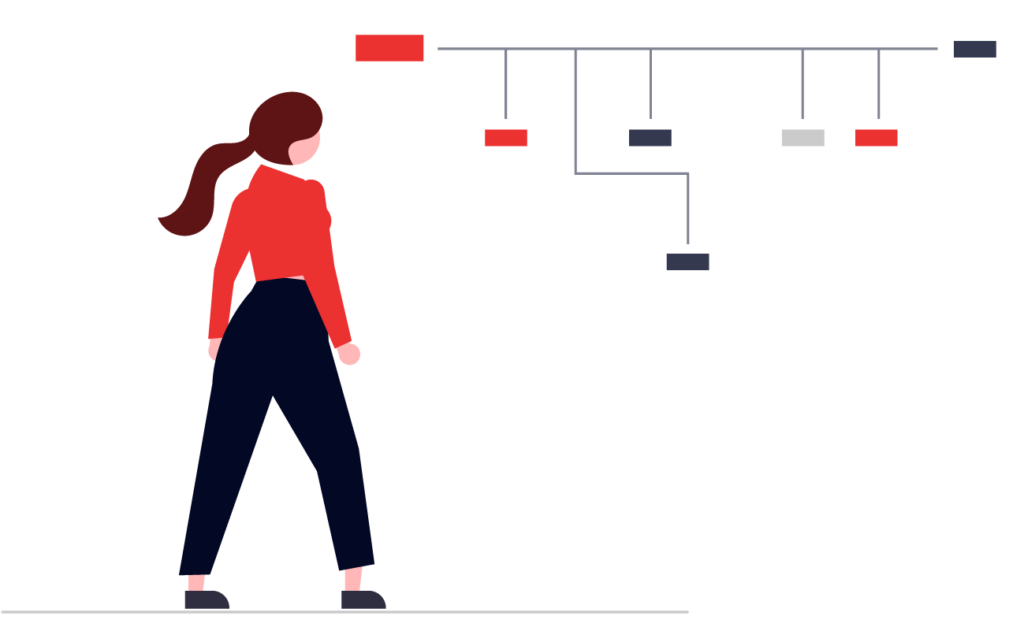
The third skill, understanding Causal Structures, revolves around grasping the underlying factors and relationships that drive consumer behavior and market trends. This skill is about seeing beyond the surface-level data and comprehending the deeper dynamics at play.
At its heart, understanding causal structures is about recognizing the ‘why’ behind the ‘what’. It’s a skill that enables product leaders to predict outcomes and make informed decisions. For instance, when Spotify decided to focus on streaming rather than downloads, they weren’t just following a trend. They understood the underlying shift in consumer behavior towards access over ownership, a change driven by broader cultural and technological shifts.
Bob Moesta talks about applying this skill by meticulously analyzing the factors that influence consumer choices. He dissects complex systems to identify the key levers that can be adjusted to create a desired outcome. This methodical approach is what enables innovators to build products that are not only successful upon launch but remain relevant as consumer needs and market conditions evolve.
In the digital age, understanding causal structures often involves delving into large datasets. But it’s not just about having data; it’s about asking the right questions. When Netflix started producing original content, they didn’t just look at the most-watched genres; they analyzed viewing patterns, drop-off points, and even searched for patterns in the shows that were popular but not highly rated. This level of analysis allowed them to understand not just what people watched, but why they watched it, leading to highly successful shows like “House of Cards.”
For product managers and product leaders, applying the understanding of causal structures means constantly questioning and testing assumptions. It involves creating hypotheses about consumer behavior, testing them, and using the insights to refine product strategies. This skill is particularly important in a rapidly changing market, where yesterday’s truths may not hold today. It’s a skill that combines analytical rigor with creative thinking, enabling product leaders to not just respond to the market, but to shape it.
4. Prototyping to Learn
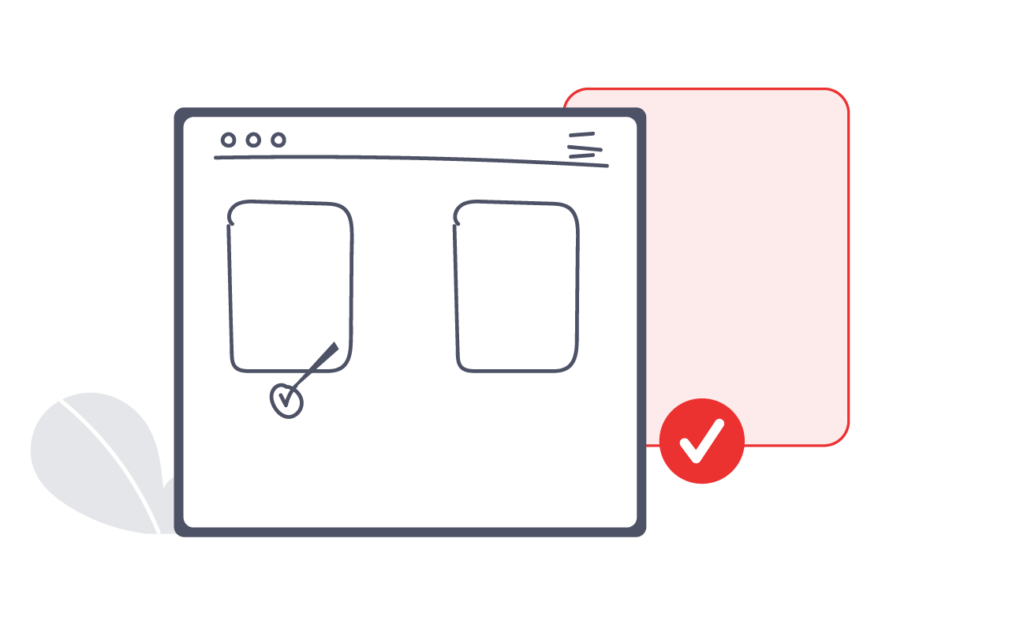
Prototyping to Learn is not just a step in the product development process; it’s a mindset that underpins innovative thinking. It involves using prototypes as a dynamic tool to uncover deeper understandings, test assumptions, and iteratively refine ideas. This skill is crucial for innovators who seek to develop products that genuinely resonate with users.
Bob Moesta’s emphasis on prototyping as a learning process is evident in his diverse work experiences. He advocates for an iterative approach, where each prototype is a question posed to the market, seeking answers not just about functionality, but also about user behavior, preferences, and unmet needs. This approach is about evolving a product through a series of informed experiments.
One example that clearly exemplifies this skill is Airbnb’s redesign of their website – which involved numerous prototypes. Each version was an experiment in improving user experience, from simplifying the booking process to enhancing the visual appeal of listings. These prototypes helped Airbnb to not only refine their platform but also to better understand the evolving needs of their hosts and guests. In doing so, it’s viewing your product iterations not in the lens of “succeeding” or “failing.” In fact, failing can and should be embraced, as each “failed” prototype is a treasure trove of information.
Integrating a prototyping mindset into a product team requires more than just technical processes; it demands a cultural shift. Teams should be encouraged to view prototypes as tools for learning, not just as steps towards a finished product. This involves celebrating the learnings from failed prototypes and fostering an environment where experimentation is encouraged.
For product managers, this means actively facilitating and participating in the prototyping process, guiding the team’s focus towards learning and discovery. It’s about asking the right questions with each prototype: What did we learn? How can we improve? What do our users need that we’re not providing yet?
In essence, Prototyping to Learn is a skill that embodies the spirit of innovation. It’s about using prototypes as a canvas to paint the picture of what a product can become, iteratively refining this picture based on continuous learning and user feedback. This approach not only accelerates the development process but also ensures that the final product is well-tuned to the market’s needs and desires.
5. Making Tradeoffs
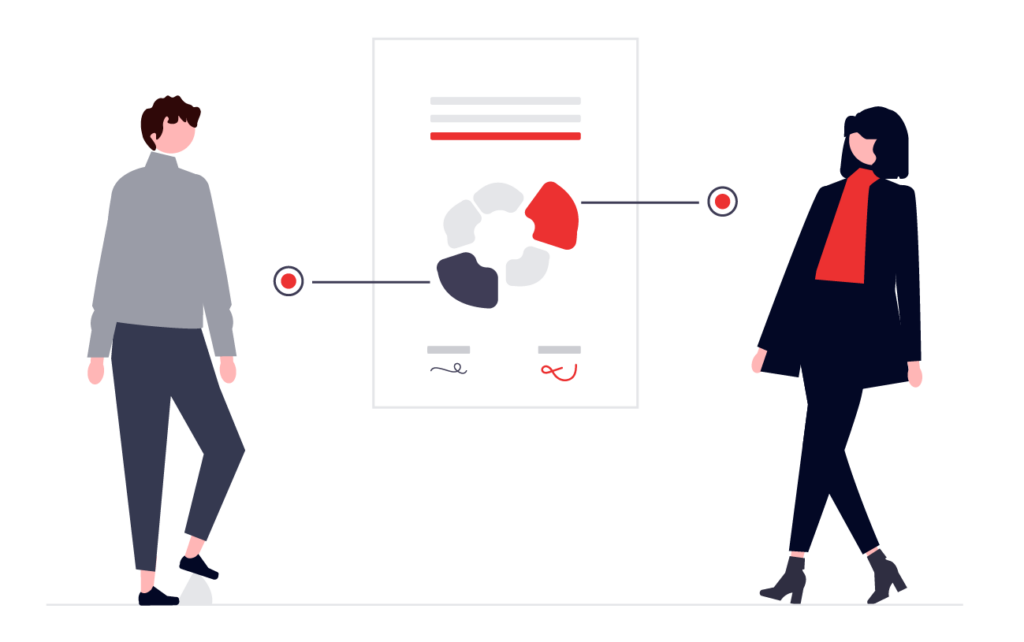
The final skill in this quintet of innovation essentials is the ability to make tradeoffs. This skill is critical in the decision-making process, where product managers and innovators often face complex choices with various implications.
Making tradeoffs is an art that involves balancing functionality, cost, time, and user experience. It requires a deep understanding of what is most important to the project’s success. For instance, when Apple first introduced the iPhone, they made a tradeoff by not including certain features like copy-paste initially, focusing instead on developing a revolutionary user interface and touch experience. This decision was pivotal in setting the iPhone apart in a crowded market, despite the initial criticism.
In real-world scenarios, tradeoffs often manifest in various forms. Take, for example, the development of electric cars. Manufacturers like Tesla have to balance range, performance, cost, and safety. These decisions impact not just the product but also consumer perception and market position. The choice to prioritize range and performance has helped Tesla establish itself as a leader in the electric vehicle market, even though this comes at a higher cost compared to other vehicles.
Customer insights also play a crucial role, as they have with nearly every skill discussed here. Understanding what users value most can guide which features to prioritize. For instance, in developing software solutions like project management tools, companies might have to choose between adding advanced features for power users or keeping the interface simple and user-friendly for a broader audience. This decision directly impacts user adoption and satisfaction.
It’s important to realize, though, that making strategic trade offs often involve long-term considerations. Sometimes, innovators need to sacrifice short-term gains for long-term success. A product might need to forgo immediate profitability to build a user base and establish market presence, a strategy often employed in the tech industry, particularly in the realm of start-ups and SaaS products.
For product leaders, making tradeoffs is about making informed decisions. It involves a mix of data-driven analysis and intuitive understanding of market dynamics. It’s about asking the right questions: Which features align with our core value proposition? What can we defer to future updates? What do our users need most right now?
Summing it all up
The TLDR of all of this is that each one of these skills – Empathetic Perspective, Uncovering Demand, Causal Structures, Prototyping to Learn, and Making Tradeoffs – is essential for any product manager or product leader striving to excel in the field of innovation. These skills are more than just theoretical concepts; they are practical tools that can drive real-world success. Each skill complements the others, creating a comprehensive approach to understanding and meeting market needs. By embracing these skills, product leaders can not only anticipate and respond to changing market dynamics but also shape them… thereby, shaping the future around us.


